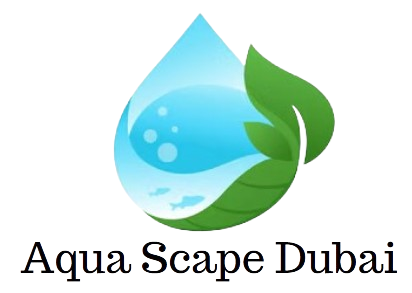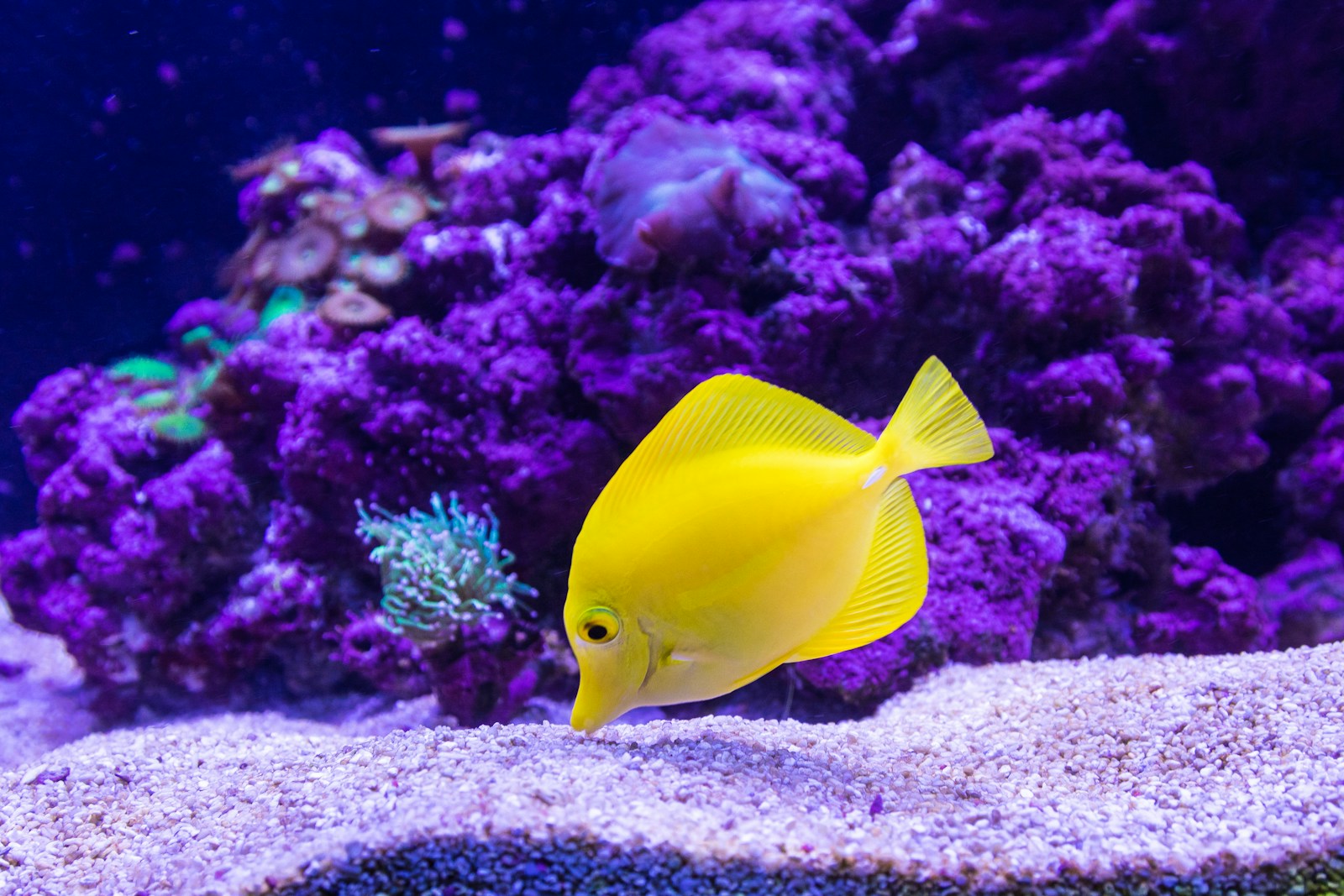13 Best Rocks for Aquascaping: A Guide to Enhancing Your Underwater Garden
Aquascaping, the art of creating underwater landscapes, involves more than just arranging plants and water; the choice of rocks can significantly impact the aesthetic and ecological balance of an aquarium. In this blog post, we will explore the 13 best rocks for aquascaping, along with their pros and cons, to help you choose the perfect ones for your aquatic masterpiece.
Rocks for Aquascaping
Aquascaping is an art that transforms your aquarium into a breathtaking underwater landscape, and the choice of rocks is crucial in creating this natural beauty. Each type of rock brings its own unique texture, color, and structure, enhancing the overall aquascape experience in distinct ways.
Dragon Stone, with its deep grooves and natural, earthy colors, originates from Asia and is renowned for its ability to create dramatic, ancient-looking landscapes without altering water chemistry. Seiryu Stone, a classic choice for creating rugged, mountainous landscapes, comes from Japan and is known for its striking blue-gray color and detailed textures, though it can raise water hardness and pH. Ryuoh Stone, similar to Seiryu but lighter and more textured, also originates from Japan and offers a slightly different aesthetic without significantly altering water parameters.
Lava Rock, known for its extreme porosity and lightweight nature, is formed from cooled volcanic lava and provides excellent biological filtration, making it a favorite among aquascapers worldwide. Pagoda Stone, with its distinctive layered appearance, is another popular choice that adds depth and interest to any layout without impacting the water’s chemistry.
Manten Stone, highly prized for its unique shapes and textures, is sourced from mountainous regions and is ideal for creating dynamic, natural-looking scenes in the aquarium. Elephant Skin Stone, recognized for its distinctive, textured surface reminiscent of an elephant’s skin, offers a unique aesthetic and is neutral in water, making it suitable for various setups.
Ohko Stone, or Dragon Stone, distinct for its layered appearance and varying hues, adds an intriguing, ancient feel to aquascapes and is another gem that comes primarily from Asia. Maple Leaf Stone, known for its unique, leaf-like patterns, adds a subtle, artistic touch to aquariums and, like many others, does not significantly alter water chemistry.
Frodo Stone, rare and mystical-looking, provides an ancient ambiance to aquascapes and, despite its scarcity, remains a sought-after choice for its distinctive, rugged appearance. Black Mountain Seiryu, with its stunning black color, offers a striking contrast, especially in planted tanks, and originates from rugged mountain regions, adding a touch of drama without heavily impacting water chemistry.
Mini Landscape Rock, versatile and perfect for smaller tanks, allows for intricate designs and layering, making it an essential component for detailed aquascaping. Lastly, Suteishi, often used as accent stones in Iwagumi layouts, plays a crucial supportive role, enhancing the primary stones without stealing the spotlight.
Each of these rocks has the power to transform an ordinary aquarium into an extraordinary underwater landscape. From the mystical depths of Asia to the volcanic terrains worldwide, these stones not only beautify your aquarium but also provide essential benefits to its inhabitants, creating a harmonious environment that mimics the natural world.
13 best rocks for aquascaping | Pros & Cons
1. Dragon Stone
Pros:
- Highly porous, offering great places for beneficial bacteria to colonize.
- Unique, eye-catching appearance with deep grooves and a natural, earthy color.
- Does not affect the water’s pH or hardness.
Cons:
- Can be fragile and break easily.
- Its porous nature may trap debris, requiring regular cleaning.
2. Seiryu Stone
Pros:
- Adds a dramatic, rugged look to aquariums.
- Ideal for creating mountainous landscapes and Iwagumi styles.
- Contains calcium, which can benefit certain water conditions.
Cons:
- May raise water hardness and pH, not suitable for all types of fish.
- Heavy and can be expensive.
3. Ryuoh Stone
Pros:
- Similar to Seiryu but with lighter coloration and more pronounced textures.
- Excellent for creating natural, layered rock formations.
- Does not alter water chemistry significantly.
Cons:
- Can be hard to source and expensive.
- Sharp edges may need to be smoothed to protect fish.
4. Lava Rock
Pros:
- Extremely porous, great for beneficial bacteria and plant roots.
- Lightweight and available in various colors.
- Does not impact water parameters.
Cons:
- Rough texture can trap detritus and harm delicate fish.
- Some find its appearance less natural for certain aquascape styles.
5. Pagoda Stone
Pros:
- Striking stratified appearance, perfect for creating intricate landscapes.
- Stable and heavy, making it great for stacking.
- Neutral effect on water chemistry.
Cons:
- Can be sharp; handling and placement should be done carefully.
- May be difficult to find in some regions.
6. Manten Stone
Pros:
- Highly sought after for its unique, rugged aesthetic.
- Ideal for creating dramatic, natural-looking aquascapes.
- Does not alter water chemistry.
Cons:
- Rarity makes it expensive.
- Heavy, which might be a concern for larger layouts.
7. Elephant Skin Stone
Pros:
- Distinctive textured surface resembling elephant skin.
- Neutral in water, suitable for most aquarium setups.
- Durable and long-lasting.
Cons:
- Its unique look may not suit all themes.
- Can be quite heavy and expensive.
8. Ohko Stone (Dragon Stone)
Pros:
- Attractive, layered appearance with a variety of shapes and sizes.
- Highly porous, good for biological filtration.
- Neutral pH impact.
Cons:
- Fragility can lead to breakage during transport or setup.
- May require thorough cleaning to remove dust and debris.
9. Maple Leaf Stone
Pros:
- Features a unique, leaf-like patterning.
- Adds a subtle, natural touch to any aquascape.
- Does not significantly alter water parameters.
Cons:
- May be challenging to find outside of specialty stores.
- Surface can collect algae if not maintained properly.
10. Frodo Stone
Pros:
- Offers an ancient, rugged look perfect for mystical themes.
- Varied sizes and shapes allow for creative arrangements.
- Generally does not affect water chemistry.
Cons:
- Can be rare and costly.
- Some pieces may have sharp edges that need to be filed down.
11. Black Mountain Seiryu
Pros:
- Striking black color provides stunning contrast in planted tanks.
- Suitable for creating detailed, rocky landscapes.
- Minimal impact on water parameters.
Cons:
- Can be difficult to find and expensive.
- May slightly increase water hardness over time.
12. Mini Landscape Rock
Pros:
- Ideal for smaller tanks and intricate designs.
- Versatile and easy to stack for layered effects.
- Neutral to water chemistry, making it suitable for various aquatic environments.
Cons:
- Limited size can be a challenge for larger aquascapes.
- May require more pieces to create a significant impact.
13. Suteishi
Pros:
- Often used in Iwagumi layouts as “sacrificial” or accent stones.
- Complements larger stones without drawing attention away from them.
- Does not affect water chemistry.
Cons:
- Not as visually striking on its own.
- Primarily serves a supporting role, which may not suit all designs.
Conclusion
The best rocks for your aquascape depend on your tank’s specific needs, aesthetic preferences, and the type of aquatic life you plan to support. Whether you prefer the dramatic ridges of Seiryu Stone, the porous nature of Lava Rock, or the subtle elegance of Mini Landscape Rock, each type offers its own unique benefits and challenges.
When selecting rocks for your aquascape, consider the following factors:
- Water Chemistry: Some rocks, like Seiryu and Black Mountain Seiryu, can alter the pH and hardness of your water, which may be beneficial or detrimental depending on the needs of your fish and plants.
- Weight and Size: Heavier rocks create more stable structures but can be difficult to manage in larger aquascapes. Meanwhile, smaller rocks like Mini Landscape Rock and Suteishi are easier to handle but may require more pieces to create an impact.
- Texture and Color: The texture and color of the rocks can dramatically affect the overall appearance of your aquascape. Choose rocks that complement the colors of your plants and fish while providing an interesting contrast.
- Inhabitants’ Safety: Ensure that the rocks you choose do not have sharp edges that could harm your aquatic life. Smooth out any rough areas before adding them to the tank.
Finally, before incorporating any rocks into your aquarium, it’s essential to clean them thoroughly to remove any dust, dirt, or organisms that could harm your aquatic environment. Boiling or soaking in diluted bleach are common methods for sterilizing rocks, but be sure to rinse them thoroughly afterwards.
Incorporating rocks into your aquascape not only adds visual interest but also creates a more natural and engaging environment for your fish and plants. By understanding the pros and cons of each type of rock, you can make informed decisions that enhance the beauty and health of your underwater garden. Happy aquascaping!

